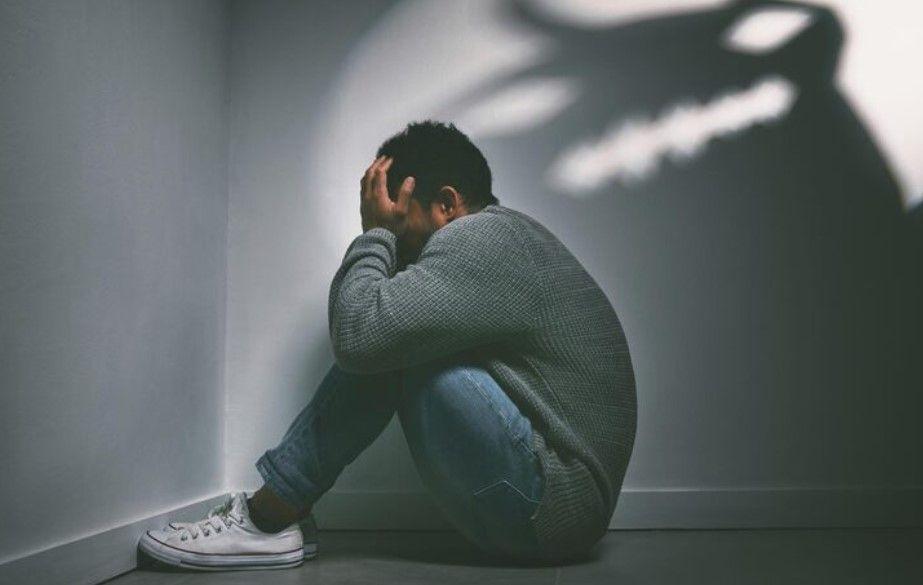Emotional Conflict in 2025: The Inner Struggle of a Fractured World
In 2025, emotional conflict has become a defining psychological experience—one that mirrors the turbulence of the external world. As societies grapple with political instability, cultural fragmentation, and rapid technological change, individuals are increasingly caught in a web of internal contradictions. The result? A silent epidemic of emotional dissonance that affects how people think, feel, and relate to one another.

🌍 A World of Contradictions
- Global conflicts have intensified, with over 473 million children living in war-affected areas—the highest number since World War II.
- Political polarization and ideological extremism have fractured communities, leaving individuals torn between loyalty to identity groups and a desire for unity.
- Digital life amplifies emotional confusion: curated perfection on social media clashes with real-world struggles, creating a persistent sense of inadequacy and alienation.
This external chaos often translates into internal emotional conflict—when values, beliefs, or desires clash within a person, leading to anxiety, guilt, or paralysis.
🧠 The Psychology of Emotional Conflict
Emotional conflict arises when:
- Moral values contradict personal desires (e.g., wanting success but fearing ethical compromise)
- Cultural expectations clash with individual identity (e.g., LGBTQ+ youth in conservative societies)
- Survival instincts override emotional needs (e.g., suppressing grief to remain functional)
In 2025, these conflicts are intensified by chronic stress, economic precarity, and a global sense of uncertainty. Mental health professionals report rising cases of decision fatigue, emotional numbness, and identity confusion—especially among adolescents and young adults.
🛠️ Coping in a Conflicted Age
The response to emotional conflict is evolving:
- Narrative therapy helps individuals reframe their internal stories and find coherence amid contradiction.
- Mindfulness and somatic practices support emotional regulation and self-awareness.
- Community healing circles and peer-led support groups offer safe spaces for emotional expression and validation.
In conflict zones, where trauma is layered and ongoing, psychosocial support for children is now recognized as a humanitarian priority.
🌱 Toward Emotional Integration
While emotional conflict can be destabilizing, it also holds transformative potential. When acknowledged and explored, it can lead to:
- Greater empathy and understanding of others’ perspectives
- Stronger personal boundaries and clearer values
- Creative breakthroughs and deeper self-knowledge
In 2025, emotional conflict is not a sign of weakness—it’s a natural response to a world in flux. By embracing complexity and fostering emotional literacy, individuals and societies can begin to heal the fractures within and around them.
CATEGORIES












